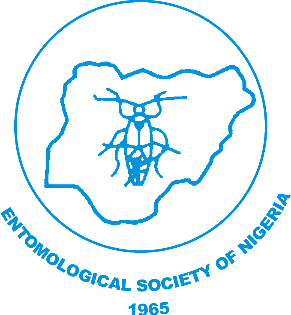
Monitoring and Assessment of Pesticide Residue in Tomato from Four Selected Markets in Port Harcourt
NJE Vol. 39: 42-55, 2023
DOI.10.36108/NJE/3202/93.0140
1Azeez, O. M., 1Zakka, U.,2Akinyemi Y. and Akpore, O.
1Department of Crop and Soil Science, Faculty of Agriculture, University of Port Harcourt Choba, Port Harcourt, Rivers State
2Department of Crop Protection, College of Agriculture, Osun State University Osogbo, Osun State
Abstract
Investigation of pesticide residues of tomato was carried out in Fruit garden, Rumuokoro, Mile 3 and Oil Mill markets, Port Harcourt. The pesticide residues of the fruit obtained in open markets was monitored and compared with established safety limits. The pretreated samples were Soxhlet extracted and analysed for groups of pesticide most especially Organochlorine pesticides (OCPs) content using a Gas Chromatograph coupled with an Electron Capture Detector (GC-ECD). A total of 12 OCPs and other residues were detected in most of the samples with the percentage occurrence ranging from 35%-100%, and the levels found exceeding their Maximum Residue Limits (MRLs). The Method Detection Limit (MDL) of the samples was 0.0408 mg/kg α Chlordane and 0.0723 mg/kg endosulfan sulfate; while the limit of quantitation (LOQ) of these pesticides were 0.0047mg/kg and 0.3952 mg/kg respectively. Among the pesticides determined 58.7% insecticides (14), 22.7% fungicides (5) and 17.9% Herbicide (4) were detected in the tomato samples. The mean concentration of Metoxychlor was excessively higher in samples obtained across the four markets. Also, the concentration of О’ρ Рρ, DDT (0.18±0.20) was higher than its metabolite, (0.13±0.03) in Oil Mill and Mile 3 markets (0.14±0.02) which might portend danger for our health.
Keywords: MDL, LOQ, pesticides, residues, markets, fruits
